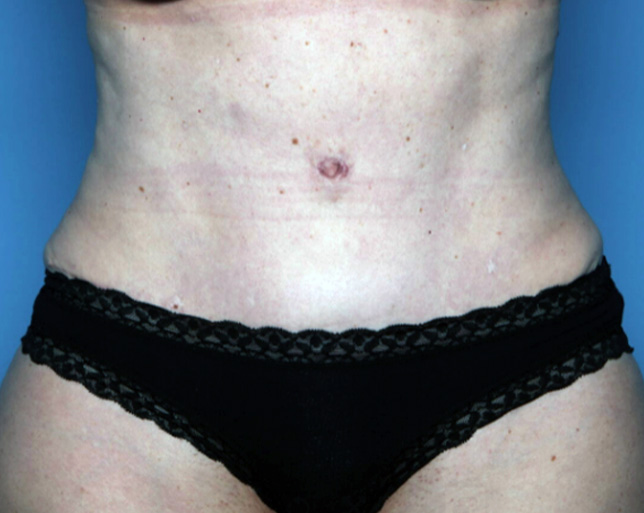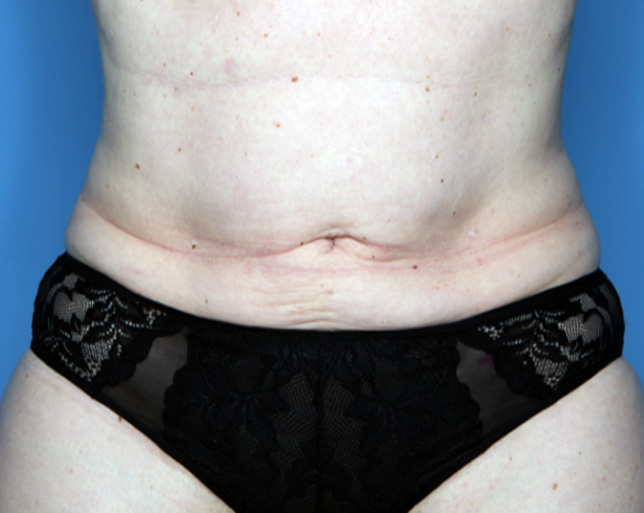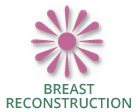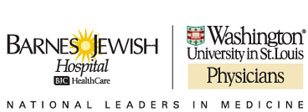How do noninvasive technologies compare to cosmetic surgery procedures?
Noninvasive procedures capable of improving our appearance have obvious appeal. These procedures are associated with minimal to no downtime, and minimal or no anesthesia. By contrast, surgery is associated with at least some recovery or downtime and either local or general anesthesia.
For many people, a noninvasive procedure is the most sensible option. Before undergoing a noninvasive procedure, however, there are some things you should consider. First, even noninvasive procedures can be associated with some downtime, discomfort or side effects. Second, noninvasive procedures may require several rounds of treatment to achieve their effect. The cumulative downtime and cost of multiple noninvasive procedures may be more of a burden than surgery. Also, surgery normally offers longer-lasting and more noticeable results than noninvasive alternatives. Unlike surgery, new machines, technologies and drugs produced by industry much more heavily influence noninvasive cosmetic procedures.
For a noninvasive procedure to be effective, it needs to alter the body in some way. So, even though surgery is not technically involved, the body is still affected. For example, Botox temporarily paralyzes a muscle to obtain its effect. Dermabrasion, chemical peels and lasers damage specific cells or pigments in the skin to exert their effects, while several effective fillers induce the body to produce collagen. Machines that freeze the fat tissue, or shine ultrasonic or light energy at the skin, are intended to destroy fat cells. So while none of these techniques are surgery, all of them selectively damage or alter the body in a modest way to obtain a cosmetic result. As such, they can still be associated with swelling, bruising and pain.
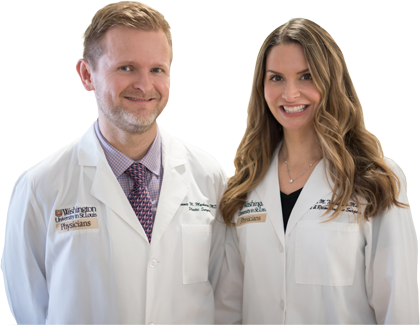
Dr. Terry Myckatyn and
Dr. Marissa Tenenbaum:
Trusted. Experienced. Committed.
Since noninvasive techniques tend to be gentler than surgery, they often require multiple rounds of treatment to get a result. Some nonablative resurfacing lasers, for example, have very little associated downtime but may require 6 or more treatments to achieve results that are still inferior to a single treatment with a laser associated with a longer downtime. The cumulative downtime and cost of several treatments may be far longer than a single surgical treatment.
Noninvasive procedures may be offered by non-plastic surgeons, and often by medical practitioners, who are not associated with a board-certified plastic surgeon. The effectiveness of these devices and drugs, then, tends to be more focused on the technology rather than the experience, technique and training of the provider. In many cases, technologies that are marketed heavily one year are abandoned for the “next best thing” a year or two later. This rapid turnover would suggest that these technologies seldom provide what they are marketed to deliver.
There is no doubt that the development and evaluation of newer technologies will continue to increase the safety and efficacy of cosmetic procedures while reducing their cost and downtime. In many cases, a noninvasive procedure can be an appropriate choice for a patient seeking a cosmetic improvement. However, it is important for the patient to understand the limitations and side effect profile of any noninvasive procedure.
If you have questions or would like to book a consultation with one of the surgeons at West County Plastic Surgery, please call (314) 996-8800.








